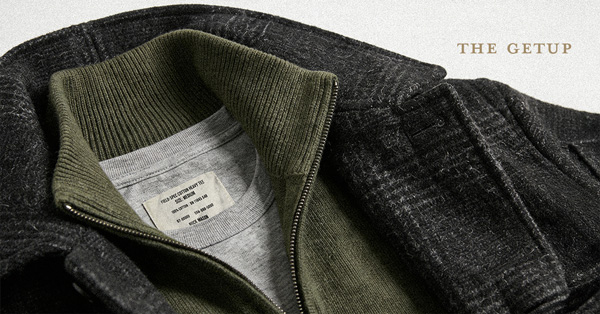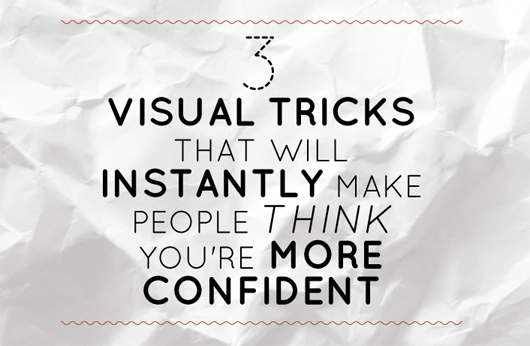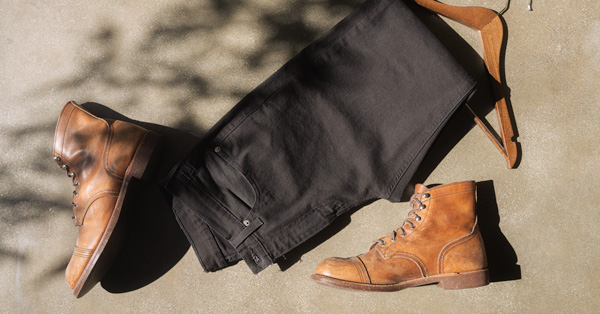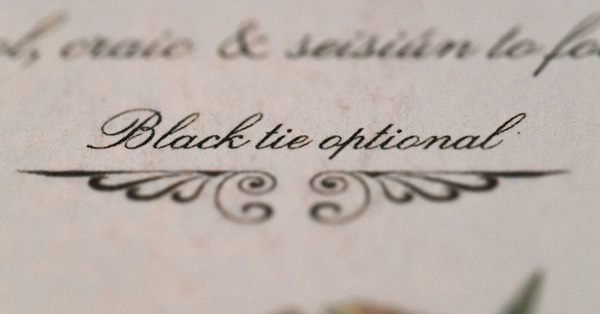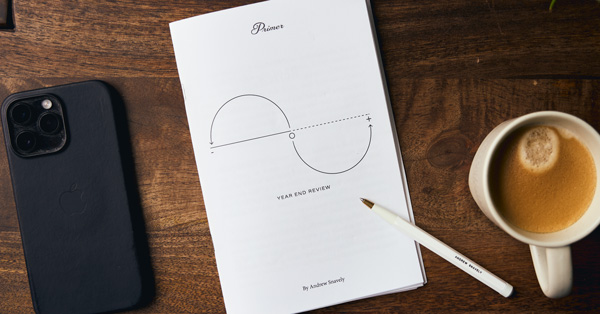If you're a sharp-dressed man who loves snagging the best deals, chances are you often find yourself browsing through sale racks and grappling with those enticing percentage-off tags. Whether it's that perfect dress shirt at 30% off or those $90 jeans at 60% off, knowing the final sale price before you hit the checkout can save both time and money.
You don't have to bury your face in your phone calculator or be a math whiz to do this: And I'm proof. I do a lot deal shopping for Primer and I do not have a math-oriented brain. When someone asks a math question to the group, I'm the guy who makes a face like I'm calculating and just wait for someone else to blurt out the answer.
Here's a straightforward trick that will have you calculating sale prices like a pro. No calculator required, just a bit of quick mental arithmetic.
The Traditional Way (That's Too Hard to Do Repeatedly In Your Head)
The reason this trick is so helpful is because the normal way we're taught to calculate percentages requires some challenging subtraction. It's a bit more cumbersome and not the quickest method when you're in the middle of a bustling store.
Say you're eyeing a shirt that's priced at $70, and it's on a 40% off sale. The typical way to find the final price would be:
- Calculate 10% of $70: Multiply $70 by 0.10, which equals $7.
- Multiply by 4 to Get 40%: Take the 10% you just calculated ($7) and multiply it by 4, which equals $28.
- Subtract the Discount from the Original Price: Take the original price ($70) and subtract the discount ($28) to get the final price: $70 – $28 = $42.
It's not exactly complicated, but let's be honest: crunching these numbers while you're juggling hangers and checking fit isn't how you want to shop.
Luckily, there's a more intuitive method that doesn't require any of that pesky arithmetic.
The Easy Way, Step 1: Determine What % You're Actually Paying
First, you need to figure out what percentage of the original price you'll be paying. This is as simple as taking 100% and subtracting the discount percentage. If you're looking at a 40% off sale, you'll be paying 60% of the original price.
Step 2: Find 10% of the Original Price
Now, to make finding that easy in your head, you need to find 10% of the original price. Simply move the decimal point one place to the left. If the original price is $70, then 10% is $7. Easy, right?
Step 3: Multiply
Finally, if we're trying to determine what 60% is, and we know from step 2 that 10% is $7, then now we need to multiply $7 by 6.
Putting it all together, $7 (10% of $70) multiplied by 6 equals $42.
Voila! The $70 shirt is yours for only $42.
Example Breakdowns
Let's break it down with a couple quick examples:
60% off a $90 pair of jeans:
- 100% – 60% = 40%
- 10% of $90 = $9
- $9 x 4 = $36
40% off + an extra 10% off
Ever come across those tantalizing sales that boast “40% off plus an extra 10% off”? At first glance, it might seem like a straightforward 50% off sale, but don't be fooled. These two-step discounts are worded in a way that makes the deal seem even sweeter than it is.
While you're not quite getting half off, you're still scoring a significant deal. But calculating the actual discount in your head might seem a bit more complicated. That's where our trusty method comes into play once again, breaking down even these more intricate discounts into simple, manageable parts.
Let's say it's a pair of $99 shoes, 40% off with an extra 10% off. To do this easily in our head, we'll round up to $100.
- First, calculate the initial 40% off:
- 100% – 40% = 60%
- 10% of $100 = $10
- $10 x 6 = $60 (the price after the initial 40% off)
- Now, apply the extra 10% off to the $60:
- 100% – 10% = 90%
- 10% of $60 = $6
- $6 x 9 = $54 (the final price)
With this easy trick, you can navigate these seemingly complex sales with confidence, ensuring that you know exactly what you're getting, and more importantly, what you're paying.



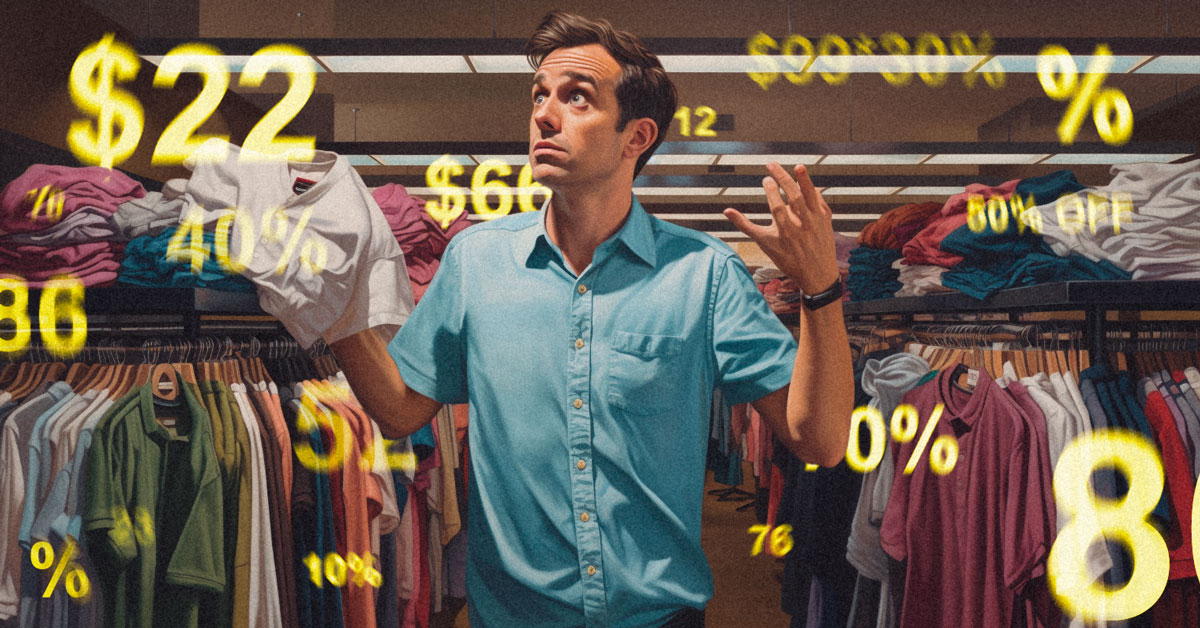

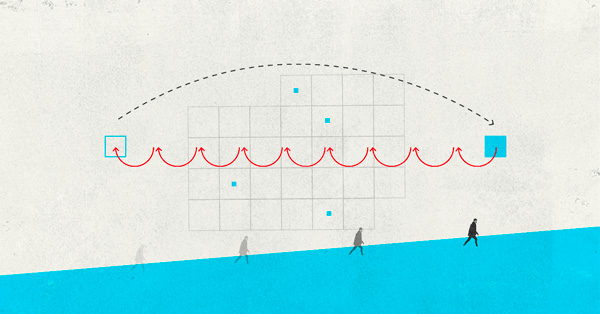
![It’s Time to Begin Again: 3 Uncomfortable Frameworks That Will Make Your New Year More Meaningful [Audio Essay + Article]](https://www.primermagazine.com/wp-content/uploads/2025/01/begin_again_feature.jpg)
